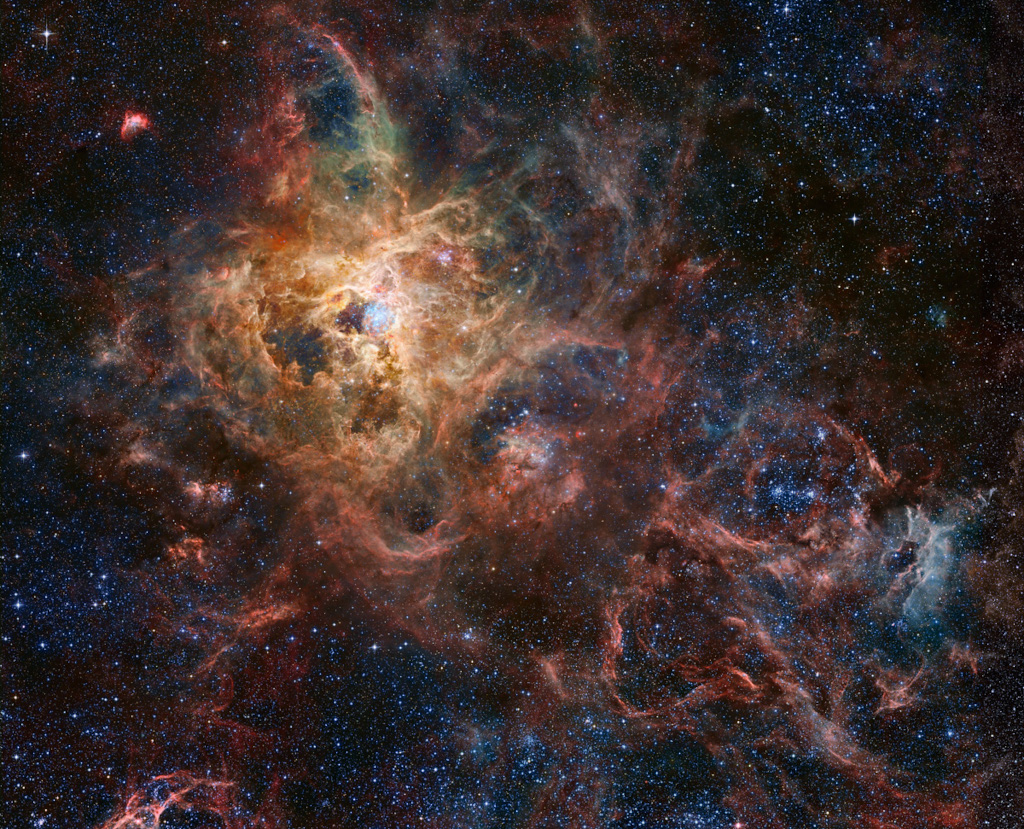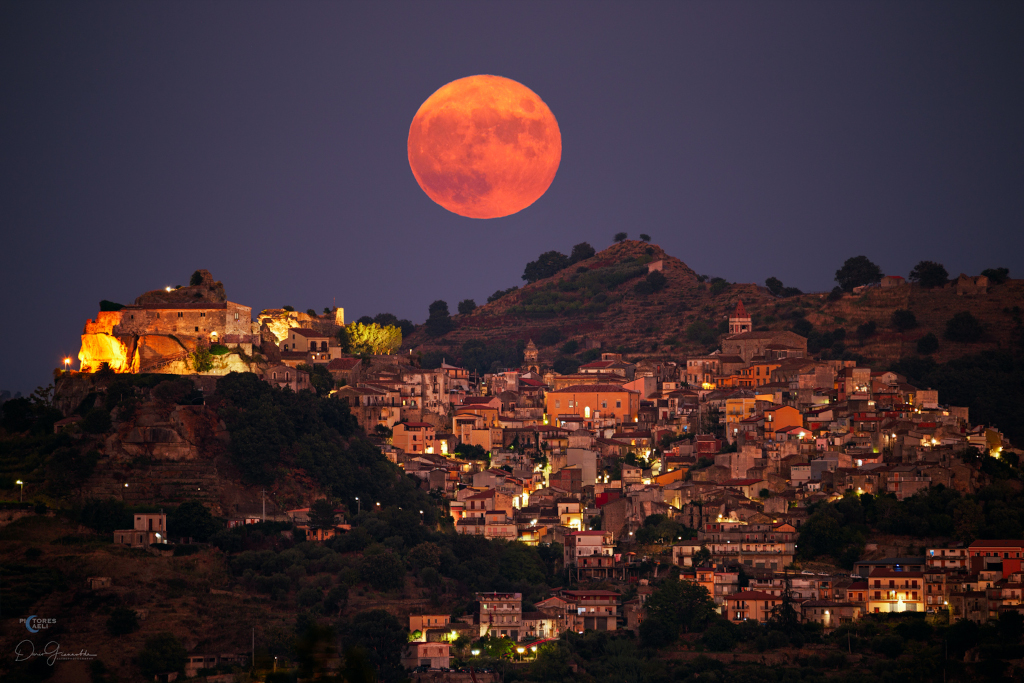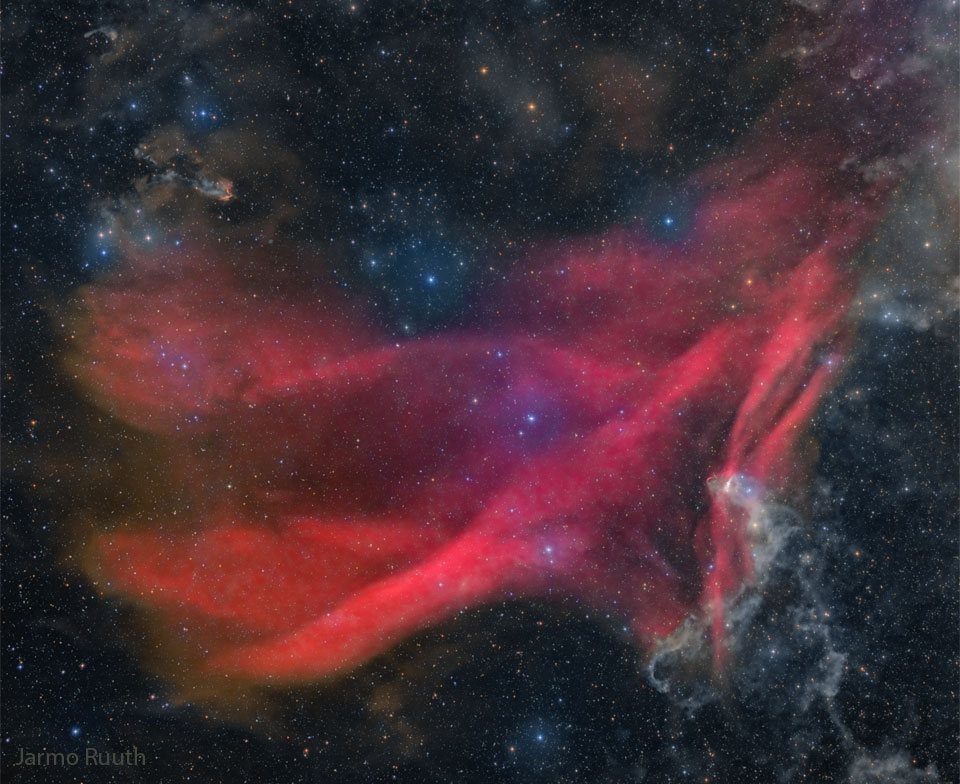NASA will provide live coverage of key events as a NASA astronaut and two cosmonauts launch and dock to the International Space Station on Wednesday, Sept. 21.
from NASA https://ift.tt/jYLo3tg
via IFTTT
NASA will provide live coverage of key events as a NASA astronaut and two cosmonauts launch and dock to the International Space Station on Wednesday, Sept. 21.
from NASA https://ift.tt/jYLo3tg
via IFTTT
NASA is seeking proposals for sustainable lunar lander development and demonstration as the agency works toward a regular cadence of Moon landings.
from NASA https://ift.tt/X5br42E
via IFTTT
NASA will provide live coverage with commentary of the upcoming Artemis I cryogenic demonstration test beginning at 7:15 a.m. EDT on Wednesday, Sept. 21.
from NASA https://ift.tt/LDHUFjm
via IFTTT

NASA’s Perseverance rover is well into its second science campaign, collecting rock-core samples from features within an area long considered by scientists to be a top prospect for finding signs of ancient microbial life on Mars.
from NASA https://ift.tt/CHaxPcJ
via IFTTT




As part of NASA’s efforts to address orbital debris, the agency is funding research proposals from three university-based teams over the next year to analyze the economic, social, and policy issues associated with space sustainability.
from NASA https://ift.tt/xzFbBlY
via IFTTT